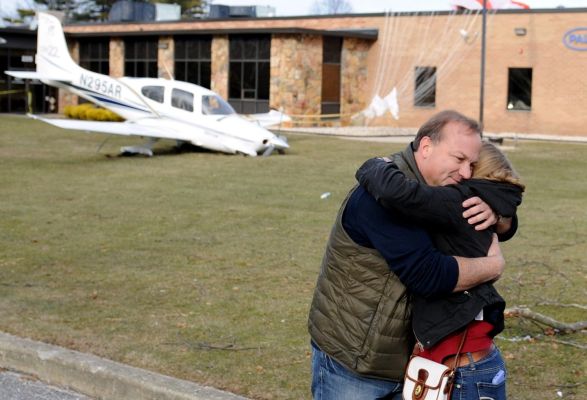We all agree flying is not a risk free activity. Neither is downhill skiing, snowmobiling on vertical (we've already had several avalanche deaths out my way, as we do every year), racing sports cars, rock climbing and any number of other recreational pursuits. But its best to keep the headlines in context.
Don't let the chatter around here scare you off. Examining these incidents and discussing them is a learning opportunity for all of us (with the speculation filter "on").
Like anything in life, managing the risks of an enjoyable pursuit is part of the deal. Training, maintaining your airplane properly, rigorous preparation for a flight including weather knowledge, more training, learning to apply sound judgement (including listening to that inner voice that says maybe it's not a good day to be off the ground) are all part of journey. From my very first flight in a Cessna 150, for me the rewards of being able to see this incredible landscape we inhabit from a perspective that very few others ever enjoy far outweighs the risks. The "Picture of the Day" thread is filled with tangible examples from a lot of other pilots that I believe feel more or less the same.







